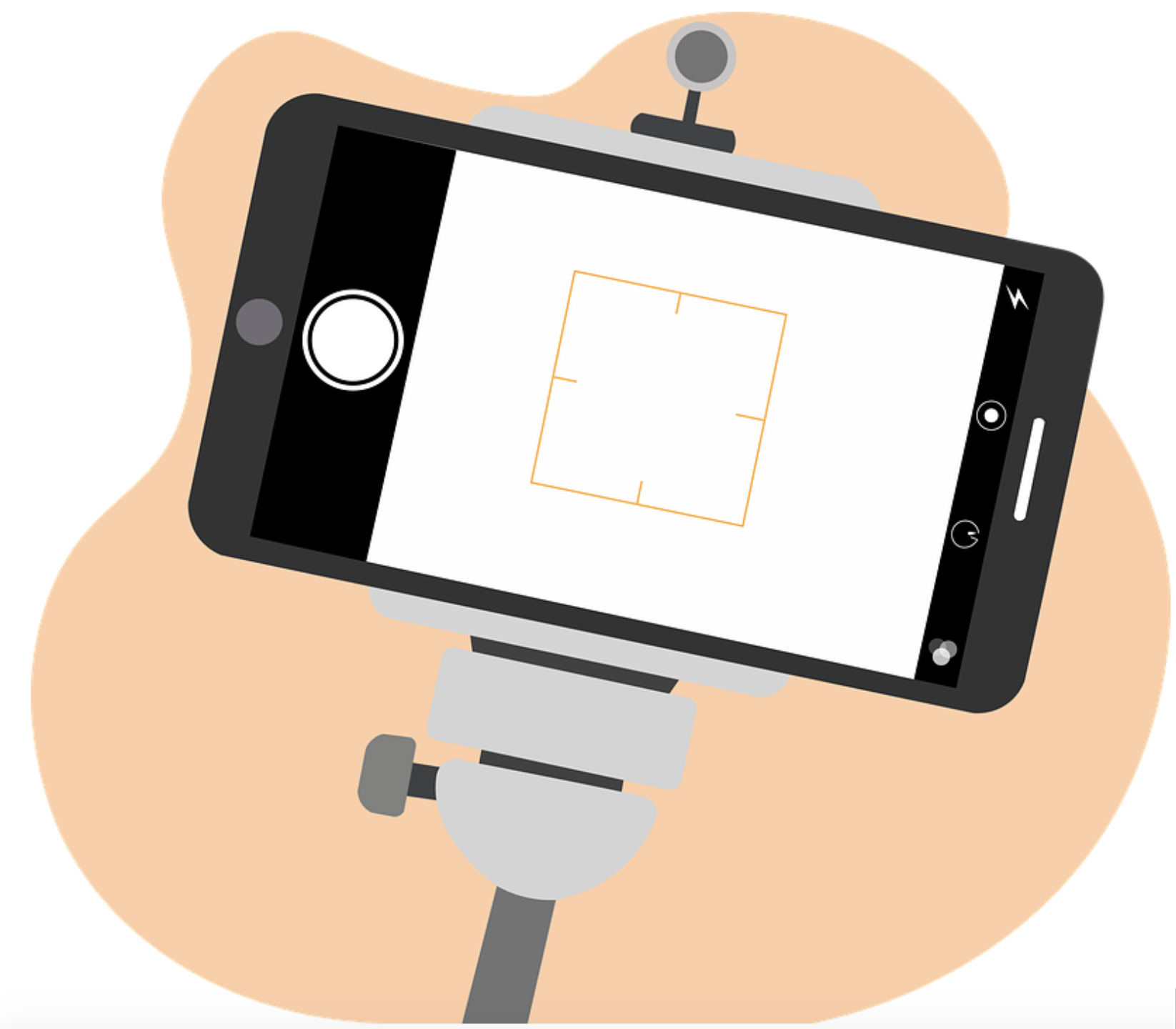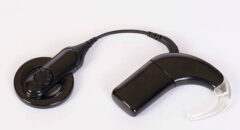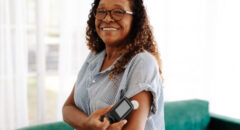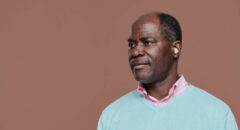
While telehealth is not a new feature of medicine, more doctors have needed to extend this offering to their patients. In some cases, seeing patients virtually can have a few challenges. Diagnosing skin cancer lesions is one of those cases but recent technological developments may be able to help.
Typical Symptoms of Skin Cancer
There are three common types of skin cancer - basal cell carcinoma, squamous cell carcinoma, and melanoma. The symptoms of each can differ. For basal cell carcinoma, these are what you may see:
- Waxy or pearly bumps
- Flat, flesh-colored, or brown lesions that look like scars
- Bleeding sores that heal but then recur
The symptoms of squamous cell carcinoma can include:
- Firm, red nodules
- Flat lesions with scaly, crusty surfaces
The symptoms of melanoma can include:
- Small discolored lesions with irregular borders
- Moles that change in color, size, or texture
- Painful lesions that itch or burn
- Large brown spots that contain darker specks
- Dark lesions on the palms, soles, fingertips, toes, or the mouth
It’s important to note that persons with darker complexions may only have skin cancer skin lesions in areas that are not often exposed to the sun. That means African Americans should check for lesions in spots like their palms, the soles of their feet, and under their fingernails.
Why Early Diagnosis Can Be Difficult
The early signs of skin cancer can be easy to miss depending on where the lesions are located. According to health professionals, skin cancer is not often diagnosed in the early stages. Many persons only consult with a doctor when the cancerous tumors have spread to other areas in the body.
Even though African Americans don’t develop skin cancer as often as other ethnicities, they run a greater risk of late diagnoses because their skin lesions may not look the same as others. Additionally, there is some evidence that African Americans can be misdiagnosed, which means an accurate identification of their skin cancer takes longer.
How Technology Can Help
For some time, developers were unable to design software that could effectively identify skin cancer lesions. Fortunately, a new computer-aided diagnosis (CAD) system has been created that can make a lot of difference to telehealth. Patients can take pictures of any area they have concerns about and send the images to their doctors.
The CAD software can then compare the patients’ images to its database and determine if there’s a reason for concern. With this software, patients don’t need to worry about having specific equipment to take their pictures as images from regular cameras or phone cameras are acceptable.
Health professionals are excited about this new development because research has shown that the software identifies potential skin cancer lesions with significant accuracy. It’s also easily used by general practitioners so patients don’t need to see a dermatologist for an initial diagnosis.
Another great thing about this new CAD system is that it continues to learn so it’s likely that its accuracy will increase over time.
Tips For Preventing Skin Cancer
It’s true that an early diagnosis is best when dealing with skin cancer. However, it’s even better to take care of your skin and prevent the development of skin lesions. The key here is to protect your skin from sun damage. That means you should wear protective clothing and sunscreen when you go outside.
Since some medications can increase the skin’s sensitivity to the sun, take specific precautions during this time. To be on the safe side, check your skin thoroughly for any changes and consult your doctor as soon as you find anything.
With the increasing demand for telehealth services, it’s helpful to know that technology is also evolving. If you’re concerned about changes in your skin, talk to your doctor about your options.








